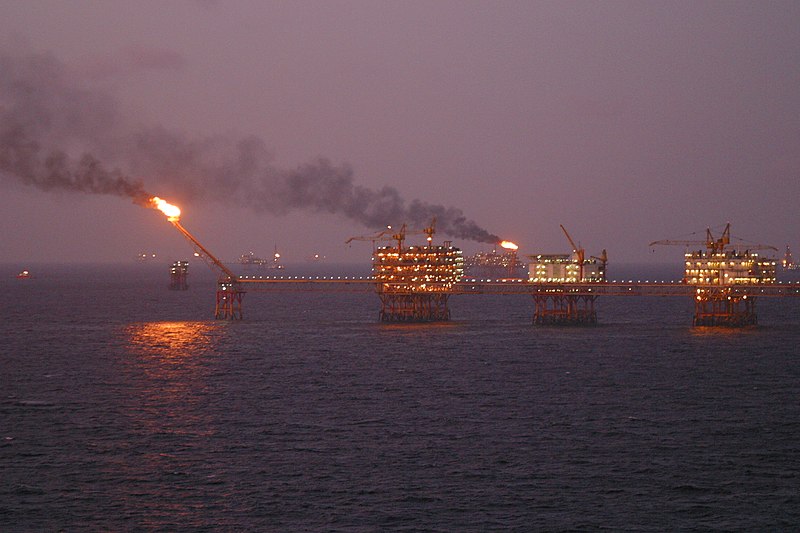Methane traps almost 100 times more heat than carbon dioxide. Oil companies are responsible for a significant part of the methane emissions across the oil and gas industries.
Oil and gas operators needlessly waste billions of cubic feet of methane by setting it on fire
The process is called flaring, the burning of the unwanted natural gas, principally methane, at the production well using a dedicated flare to ignite the methane since it is dangerous and inconvenient to store.
The methane burnt during oil drilling is of no interest to oil companies who would burn off the gas rather than invest in pipeline infrastructure. But the lost energy resource could be used to heat homes, power vehicles, or generate electricity.
Now, a new methane binding agent can convert it economically into liquid fuels!
Researchers at the University of New South Wales (UNSW) has made a crucial breakthrough in the methane binding process.
Researchers engineered a new molecular ‘vice’, by including the rare metal osmium to form a relatively stable osmium-methane complex. The complex has an effective half-life of around 13 hours. It takes 13 hours for half of the complex to decompose, allowing for its analysis to create potential new catalysts to transform methane.
It is a transitional step in the struggle to clean up the atmosphere and avert wastage of gas worldwide. But it has the potential to make an enormous impact.







